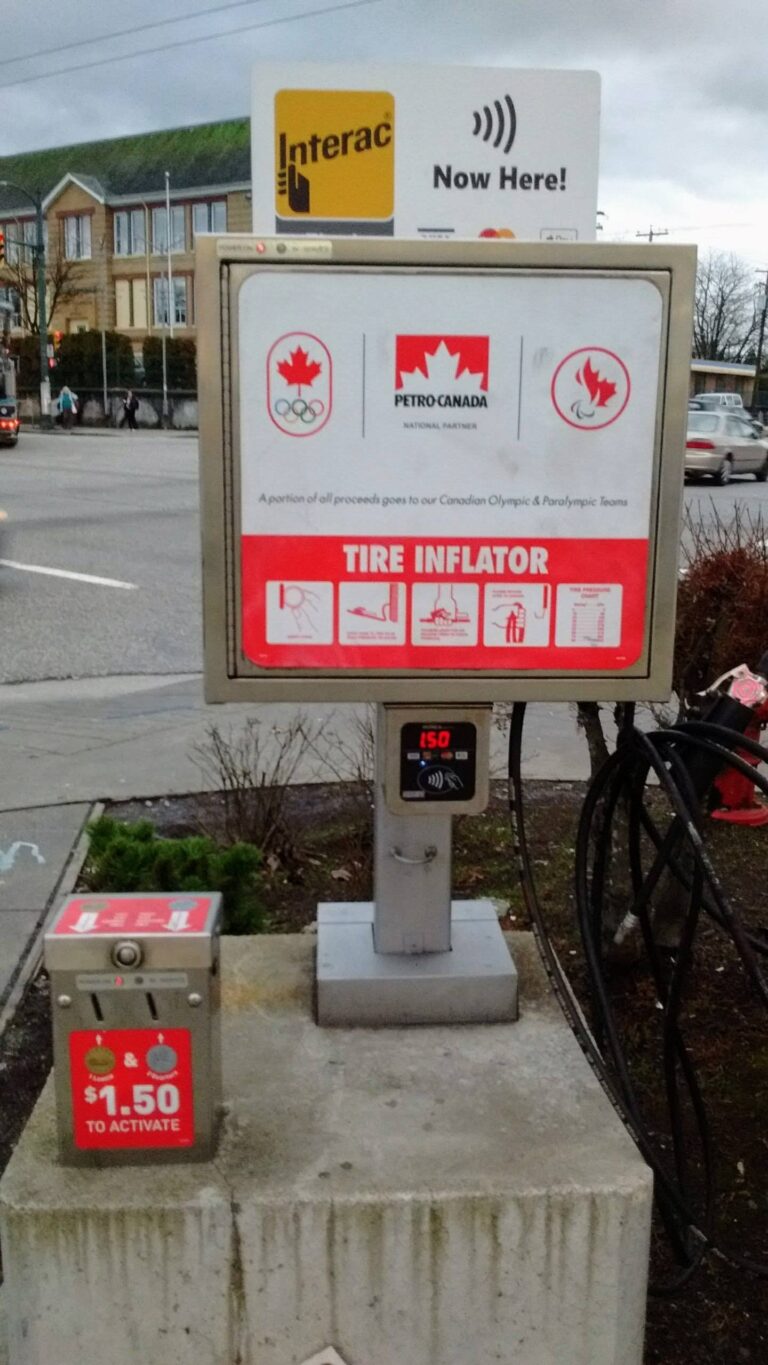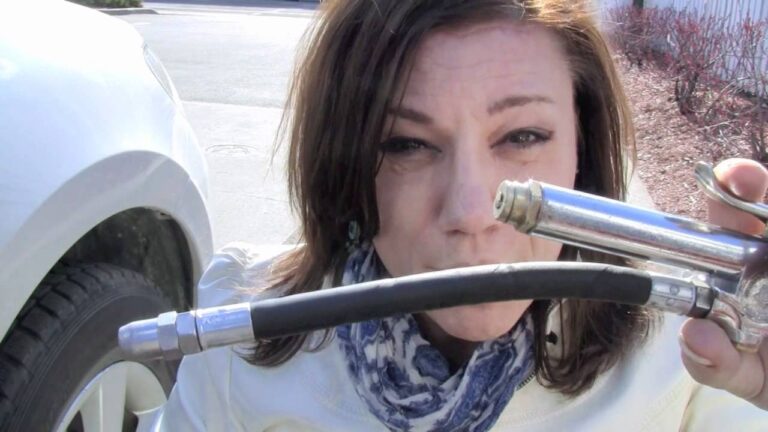How To Pump Presta Valve Bike Tires
Flat tire? It’s happened to us all. Knowing how to efficiently inflate your bike tires is crucial for a smooth ride. This guide focuses on mastering the art of how to pump Presta valve bike tires, ensuring you’re always ready to hit the road. We’ll cover everything from the basics of Presta valves to troubleshooting common issues, making sure you never get caught with a flat again. By the end, you’ll be a Presta valve pumping pro!
Understanding Presta Valves
Presta valves, also known as French valves, are a common type of valve found on many high-performance and road bikes. Unlike Schrader valves, which are common on car tires, Presta valves require a slightly different technique for inflation. This section will explain the unique features of Presta valves and why understanding them is essential for successful inflation.
Presta Valve Anatomy
- The Valve Stem: This is the slender, cylindrical part sticking out from the tire. Its length varies, but it’s usually longer than a Schrader valve. Understanding its construction is key to proper pumping.
- The Inner Valve: A small, threaded needle inside the stem controls the air flow. This needle needs to be opened before pumping and closed afterward to prevent air loss. It’s crucial to handle this delicately.
- The Locking Nut: Located at the base of the valve stem, the locking nut provides a crucial seal that ensures air stays within the tire. Proper tightening is vital for consistent inflation.
Why Use Presta Valves?
While both Presta and Schrader valves serve the same purpose, there are reasons why Presta valves are favored in certain applications. Presta valves offer a more lightweight, aerodynamic, and compact option compared to their Schrader counterparts, which results in increased efficiency and performance.
- Lightweight Design: Presta valves are typically lighter than Schrader valves, reducing overall bike weight which improves performance, especially crucial for competitive cyclists.
- Aerodynamics: Their slimmer profile reduces wind resistance, a benefit at higher speeds. Even small details impact professional racing performance.
- Compatibility: Many high-performance bikes are fitted with Presta valves because of their superior compatibility with high-pressure tires frequently used by road and touring cyclists.
How to Pump Presta Valve Bike Tires
This section provides a step-by-step guide on how to inflate a bike tire using a Presta valve. We’ll cover the proper techniques to ensure both safety and efficiency, preventing potential damage to your valve or tire.
Preparing the Valve
- Unscrew the locking nut: Before you begin, gently unscrew the small locking nut at the base of the Presta valve. Don’t remove it entirely; just loosen it enough for the valve to open.
- Open the valve: Push the small pin in the center of the valve stem down. You should hear a slight hiss if the valve is already pressurized. This opens the air pathway.
Connecting the Pump
Different pumps are designed to handle Presta valves in different ways. A well fitted pump head is crucial to avoid leaking and to enable the air to be easily pumped into the tire.
- Hand pumps: Many hand pumps have a mechanism that automatically clamps onto the Presta valve. Ensure a tight seal by pressing the pump head firmly against the valve stem. A secure seal is crucial to prevent air leakage during the pumping process.
- Floor pumps: Floor pumps often have a dual-head design, allowing for both Presta and Schrader valves. Make sure the pump head is correctly positioned on the valve to form an airtight seal. Some floor pumps even have a lever which will help to create a better seal.
Inflating the Tire
Once the pump is securely attached, start pumping. Monitor the pressure gauge (if your pump has one) to avoid over-inflation.
- Pumping technique: Use steady, consistent strokes for optimal inflation. Rushing can lead to fatigue and potentially damage the pump or tire. For a more efficient pumping, it’s suggested to pump in intervals with regular breaks to avoid muscle fatigue.
- Pressure check: Regularly check the pressure indicated on your tire’s sidewall. This will help you avoid over-inflation and ensure proper tire pressure.
Finishing Up
- Close the valve: Once the desired pressure is reached, release the pump head and firmly push the pin in the center of the valve stem back up. This closes the valve, preventing air from escaping.
- Tighten the locking nut: Gently screw the locking nut back down until it’s snug. This is vital for maintaining the air pressure.
Troubleshooting Common Problems
Even with proper technique, you might encounter some issues when pumping Presta valves. This section will address some common problems and provide solutions.
Pump Won’t Seal
If your pump head isn’t making a good seal, make sure it is firmly pressed against the valve. Sometimes, dirt or debris can prevent a proper seal. Clean the valve stem and try again. Make sure that the locking nut is slightly undone before you start pumping.
Valve Won’t Inflate
- Check the locking nut: Ensure the locking nut is slightly loosened before pumping. A tightly closed locking nut will prevent inflation.
- Check for obstructions: Examine the valve stem for any obstructions that could be blocking the air passage. Sometimes a small piece of debris or dirt can prevent the valve from opening.
- Check valve core: If the valve core is damaged or broken, it may prevent inflation. A replacement core may be necessary.
Air Leaking From the Valve
If air is leaking, ensure the locking nut is tightened after inflation. If the issue persists, the valve core may be damaged and need replacing. A damaged valve core might require the replacement of the entire inner tube, especially when the damage is noticeable.
Presta Valve Maintenance
Regular maintenance of your Presta valves can prevent problems and prolong their lifespan. This section outlines simple yet effective maintenance tips.
Cleaning the Valve
- Regular cleaning: Periodically clean the valve stem and surrounding area with a damp cloth or brush to remove any dirt or debris that could affect sealing.
- Preventative maintenance: A quick wipe-down after each ride can greatly reduce the buildup of dirt and grime, maintaining a clean and reliable valve.
Replacing the Valve Core
Over time, the valve core can wear out or become damaged. Replacing the core is relatively easy and can often solve inflation problems. This is relatively easy to do, and can be achieved by carefully replacing the core by loosening the valve core using a specialized tool.
Inflating to the Correct Pressure
Many cyclists don’t pay enough attention to tire pressure. The correct pressure is usually printed on the sidewall of the tire and it is vital to follow these recommendations. Over-inflation can damage the tire and rim and cause discomfort. Under-inflation can result in tire blowouts and damage to the rim.
| Tire Type | Recommended Pressure (PSI) |
|---|---|
| Road Bike | 80-120 |
| Mountain Bike | 30-45 |
FAQ
What is a Presta valve?
A Presta valve, also known as a French valve, is a type of bicycle tire valve that is narrower and longer than a Schrader valve. It’s commonly found on road bikes and high-performance bicycles.
How do I know if I have a Presta valve?
Presta valves are typically thinner and longer than Schrader valves. They have a small locking nut at the base and a small pin in the center that needs to be depressed to inflate the tire.
Why is my Presta valve leaking?
A leaking Presta valve could be due to a loose locking nut, a damaged valve core, or dirt preventing a proper seal. Check the nut first, then consider cleaning or replacing the valve core.
Can I use a Schrader pump on a Presta valve?
You cannot directly use a Schrader pump on a Presta valve. You need a pump designed for Presta valves, or a pump with a dual-head that accommodates both Schrader and Presta valves.
What’s the best pressure for my bike tires?
The ideal tire pressure is printed on the sidewall of your tire. Inflate your tires to the pressure specified for the intended use.
What should I do if my Presta valve is completely broken?
If your Presta valve is broken beyond repair, you’ll need to replace the inner tube. It’s not possible to simply fix a badly damaged valve.
How often should I check my tire pressure?
Check your tire pressure before every ride. Proper inflation ensures a safe and comfortable ride, preventing flats and improving handling.
Final Thoughts
Mastering how to pump Presta valve bike tires is a fundamental skill for any cyclist. While initially it might seem challenging, with practice and attention to detail, you’ll be able to inflate your tires quickly and efficiently. Remember to always check your tire pressure before each ride, clean your valve regularly, and don’t hesitate to replace a damaged valve core. With a little care and attention, your Presta valves will provide years of reliable service, keeping you rolling smoothly.


